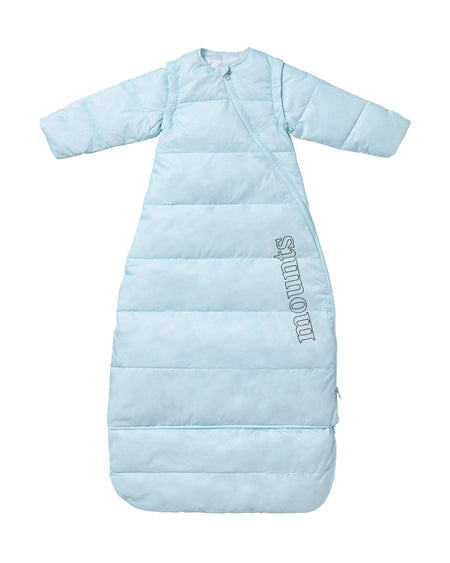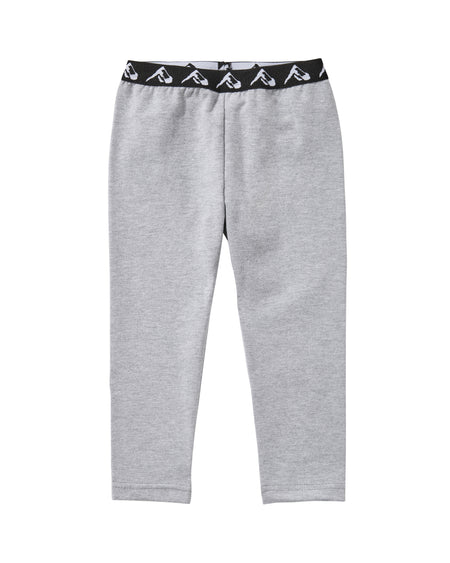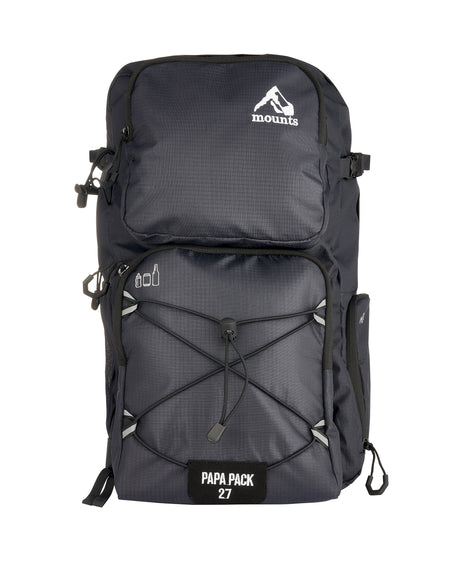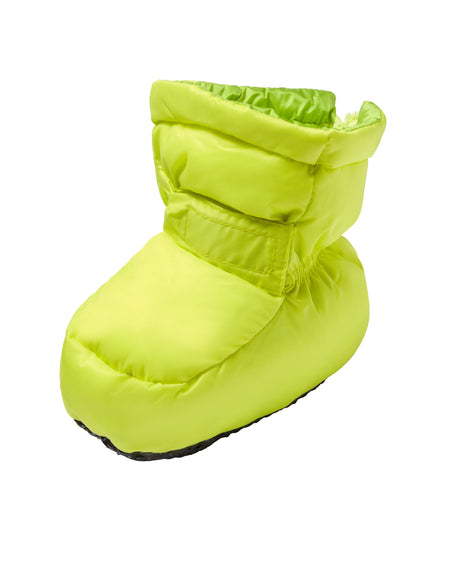Layering Guidance
October 17 2021 – Timothy Butcher
The layering system is widely accepted for dressing appropriately in the wild. It consists of 3 primary layers: Base, Mid and Outer. Each layer performs a necessary function to complement the other as part of a system. There are many different fabrics and finishes to choose from each with pro’s and con’s. Thicker doesn’t always mean warmer and multiple thin layers can perform better. The goal of all layers is to reduce water content (sweat/ rain), reduce impact of wind exposure, while recirculating the heat generated by your body to keep you warm.
These principles don’t change when applying them to a baby/ toddler and are a useful guide either planning for an upcoming camping trip, dressing your child with confidence, and may save you money by buying correctly for the winter season. There are however some considerations to think about when applying these principles to your child like age vs season, daily routine and terrain exposure, your local winter season characteristics, and toilet training timing.
| Base Layer: |  |
The ‘wicking’ ability of a fabric is commonly used as a measure for determining a good base layer. Merino wool and Polyester are both considered to have good wicking properties. Polyester weaves typically have a less than 1% water absorption vs their weight. Merino wool is considered porous and water evaporates quickly while retaining heat. Cotton fibre has a 7% or higher water absorption vs their weight and hence poor at wicking.
Merino wool and cotton are valued for their non-odour holding properties as opposed to polyester which carries odours even after washed. Babies and young children can and do sweat when they are hot but unlike adults don’t create body odour until hitting puberty around 8+ years old. In winter a child generally will not be doing strenuous sweaty activity until they are 4+ years old and it is unlikely a young child will be doing a sweaty anaerobic activity till they are older still.
Merino wool and cotton are both natural substances and are considered to be hypoallergenic. They are also biodegradable. Polyester, nylon, rayon, etc are all synthetically made fibres that can be skin irritating to a young children’s sensitive skin. They are also non-biodegradable being made as by products of oil.
Mounts makes its thermal underwear from merino wool and cotton fibres. Although cotton is not advised for adults in the traditional layering system we believe the following 1) Hypoallergenic fabrics are ideal for a baby/ toddlers skin 2) Due to the rapid growth of a child they will get 6m to 1yr max use of a garment compared to an adult making the need for biodegradable properties necessary 3) A child should not be sweaty during colder seasons until they past toddler age or older reducing need for wicking properties 4) Nappies spills, food spills and other kids activities create odours and 5) cotton will burn not melt making it safer around camp fires.
|
Mid Layer: |
 |
The mid layer contains the most variety of different fabrics, weights, cuts and abilities. This layer is designed to trap your warm body heat. The more efficiently heat is trapped the warmer. Generally thicker equals warmer but materials can vary greatly. Most popular/ traditional garments for this layer are fleece, synthetic loft, and natural down. Aside from technical garments a traditional sweater is also a mid layer.
Fleece is typically made from cotton, polyester or a blend of both. Polyester fleece is dominant in technical garments given its ability to stay warm when wet. Fleece weaves are not naturally wind resistant and while warm in general conditions can fail in wind. Many garments add an layer of wind stop to compensate.
Synthetic loft and natural down jackets are the warmest type of mid layer. They work by trapping warm air between the material’s filament and come in different ‘fill’ ratings with higher fills able to capture more warm air per unit of space. A higher fill does not mean more material but refers to the quality of the material. Goose down has been the gold standard and is a natural product. Synthetic loft technology has almost caught up in fill power but high quality goose down is still the most efficient. Almost all natural down is chemically treated in order to continue to perform when wet. Given the loft/ down must be contained inside a pocket of material they generally have wind stopping and shower proof properties. Both synthetic loft and natural down are hypoallergenic.
Mid layer garments come in a variety of cuts like full sleeve, no sleeve (vests), high neck, hooded, hip cut, bum cut and have features like elastic, zips, pockets, pull ties and wind stop. Choosing for your needs could be for season, activity, routine, age, etc
|
Outer Layer: |
|
Varieties of outer layers include waterproof, water-resistant, breathable, and non-breathable. The most versatile outer shells are breathable and waterproof garments providing both rain resistance in the sweaty summer while keeping you warm and dry from the rain/ snow in winter. Given the vast array of outdoor conditions and varieties of shells common sense is the best approach to finding an appropriate shell. Measure the state your body will be in (hot sweaty vs neutral non-sweaty) vs weather condition (wet vs dry) and you should arrive at the correct outcome.
